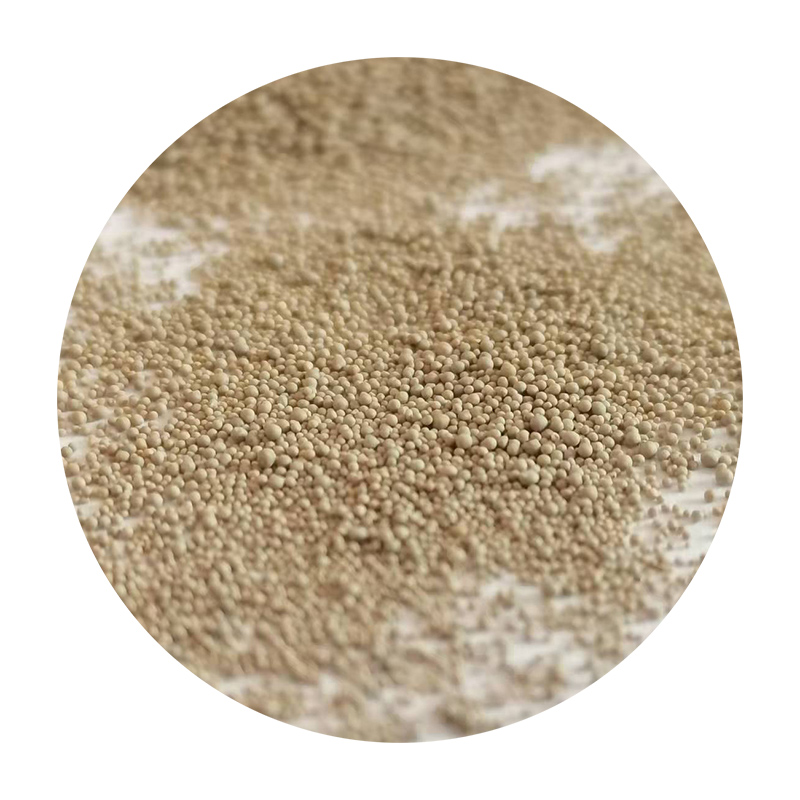Properties of Foundry Sand
Foundry sand is a crucial material in the metal casting industry, where it serves as a molding medium for shaping molten metal into desired forms. Its properties greatly influence the quality of the final cast products and the efficiency of the casting process. Understanding these properties is essential for foundries to optimize performance and ensure the integrity of their castings.
One of the primary properties of foundry sand is its grain size and distribution. Typically, foundry sand is composed of silica, which has ideal particle size and shape characteristics. The grain size affects several factors including molding strength, permeability, and thermal conductivity. A well-graded sand mixture allows for proper bonding between grains, providing adequate strength to withstand the pressure of the molten metal. Conversely, if the grain size is too fine, it may lead to mold collapse, while overly coarse sand can create surface defects in the casting.
Another significant property is the sand’s permeability, which refers to its ability to allow gases to escape during the casting process. Proper permeability is vital to prevent gas entrapment, which can cause defects such as porosity in the final product. Permeability is influenced by the sand's grain size, shape, and moisture content, hence, foundries must carefully measure and control these variables.
properties of foundry sand

Additionally, the refractoriness or heat resistance of foundry sand is a critical property. Foundry sand must withstand high temperatures without breaking down or fusing with the molten metal. Silica sand typically possesses a high melting point, making it suitable for most metal casting applications. However, some specialized applications may require the use of synthetic or specialty sands that have enhanced thermal properties.
Moisture content is another important factor influencing the properties of foundry sand
. The right moisture level is essential for creating a strong mold. Too much moisture can lead to steam generation during pouring, resulting in defects, while too little moisture may not provide adequate bonding between the grains, compromising mold strength.Chemical composition is also crucial, as impurities in foundry sand can react with molten metal and lead to defects in castings. High-purity silica is preferred, and foundries often conduct chemical analyses to ensure the quality of the sand used.
In conclusion, the properties of foundry sand, including grain size, permeability, refractoriness, moisture content, and chemical composition, play pivotal roles in the casting process. By carefully managing these properties, foundries can significantly enhance the quality of their cast products, reduce defects, and improve overall operational efficiency. Understanding and optimizing these aspects is key to success in the competitive field of metal casting.
Post time:តុលា . 31, 2024 16:43
Next:Innovative Sand 3D Printing Techniques for Enhanced Manufacturing and Design Applications
